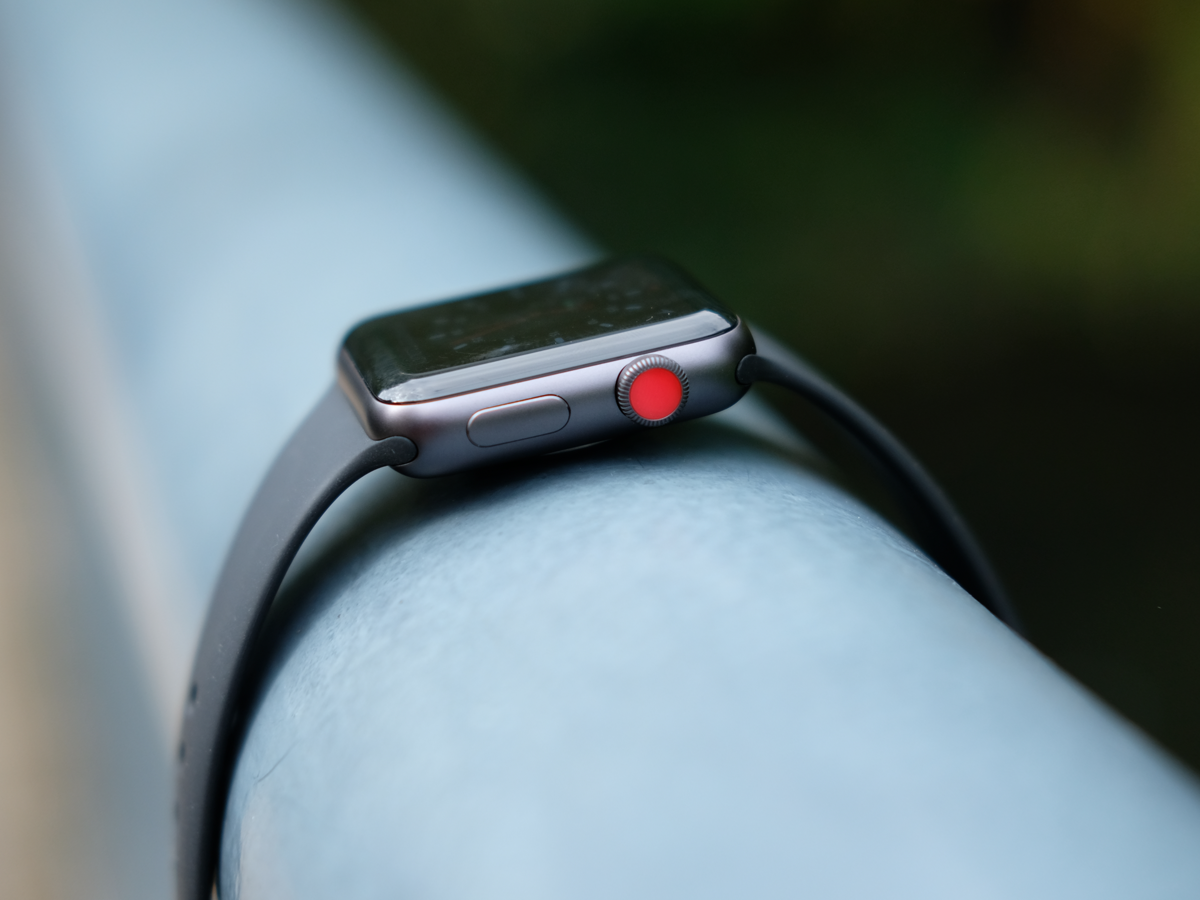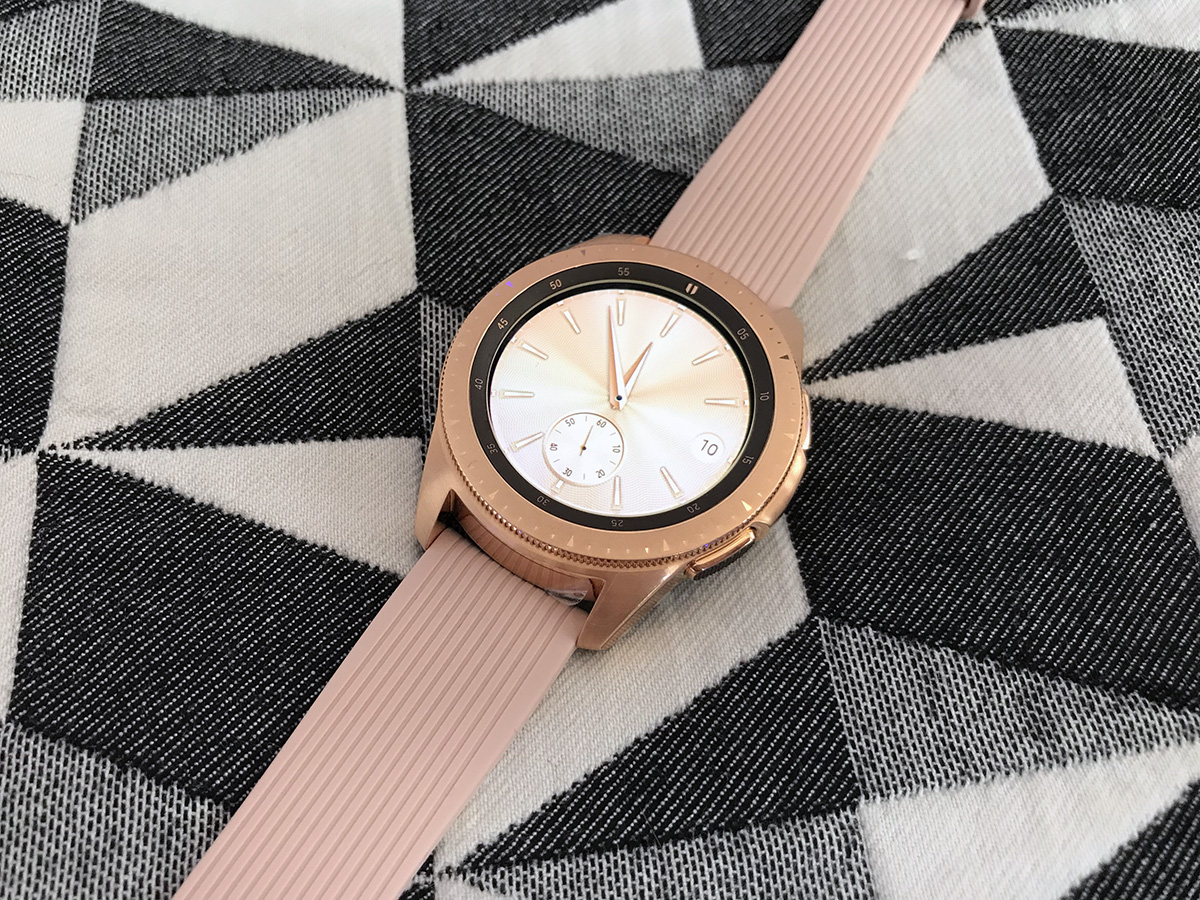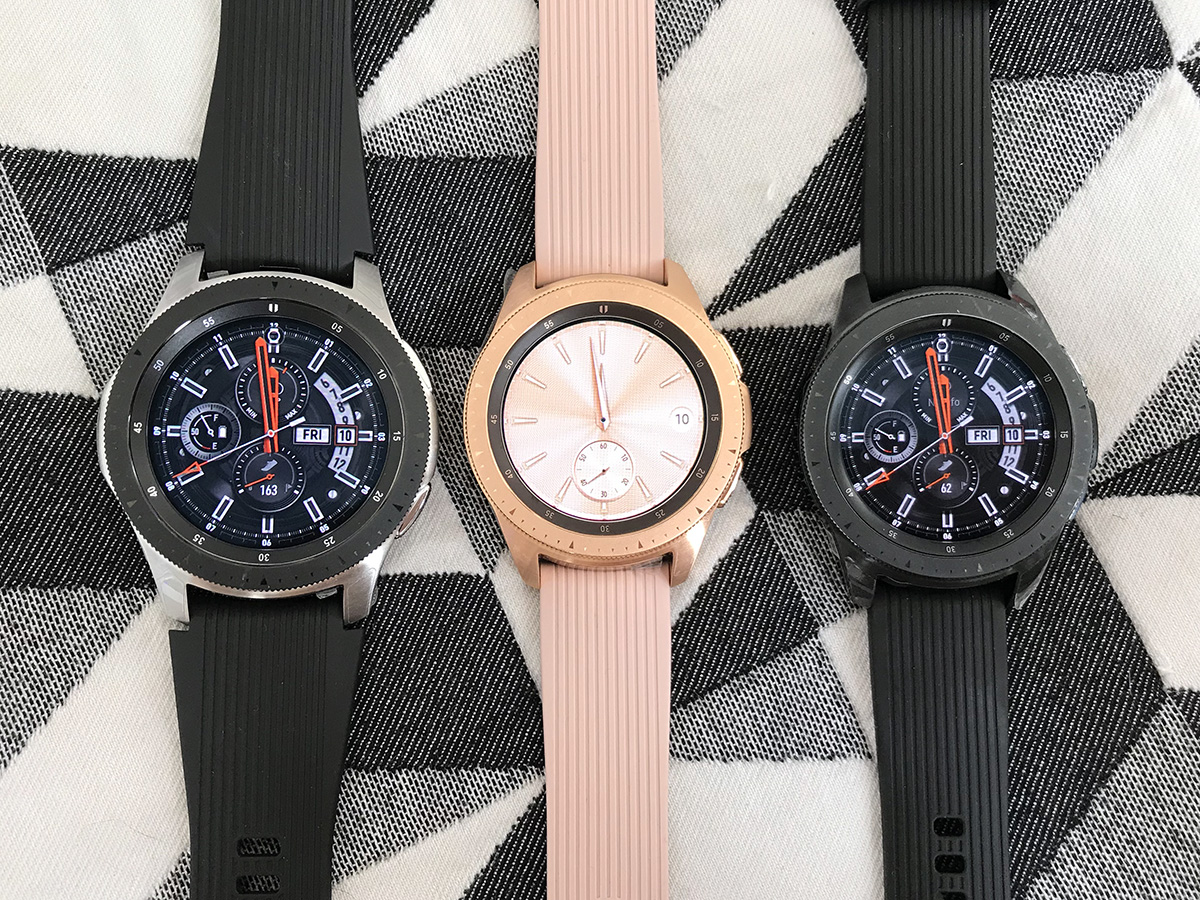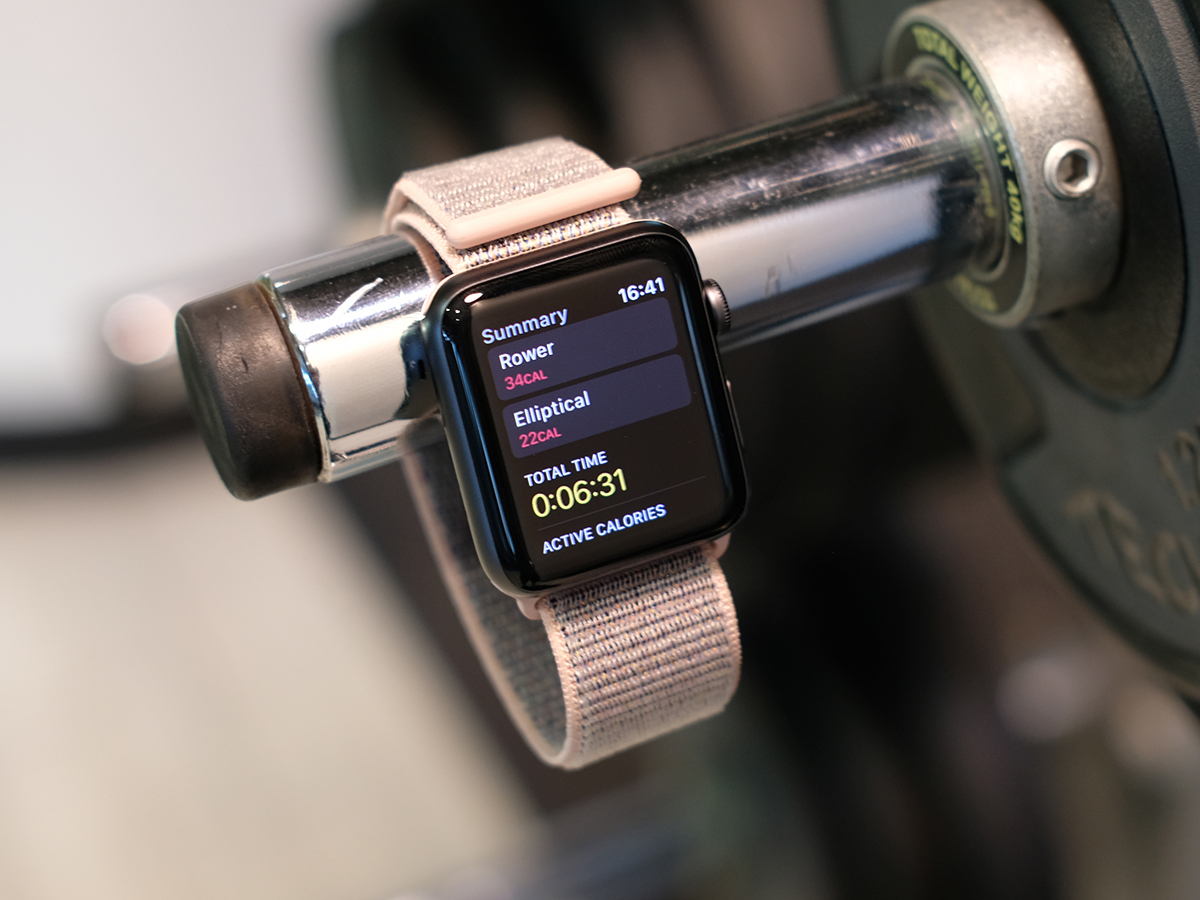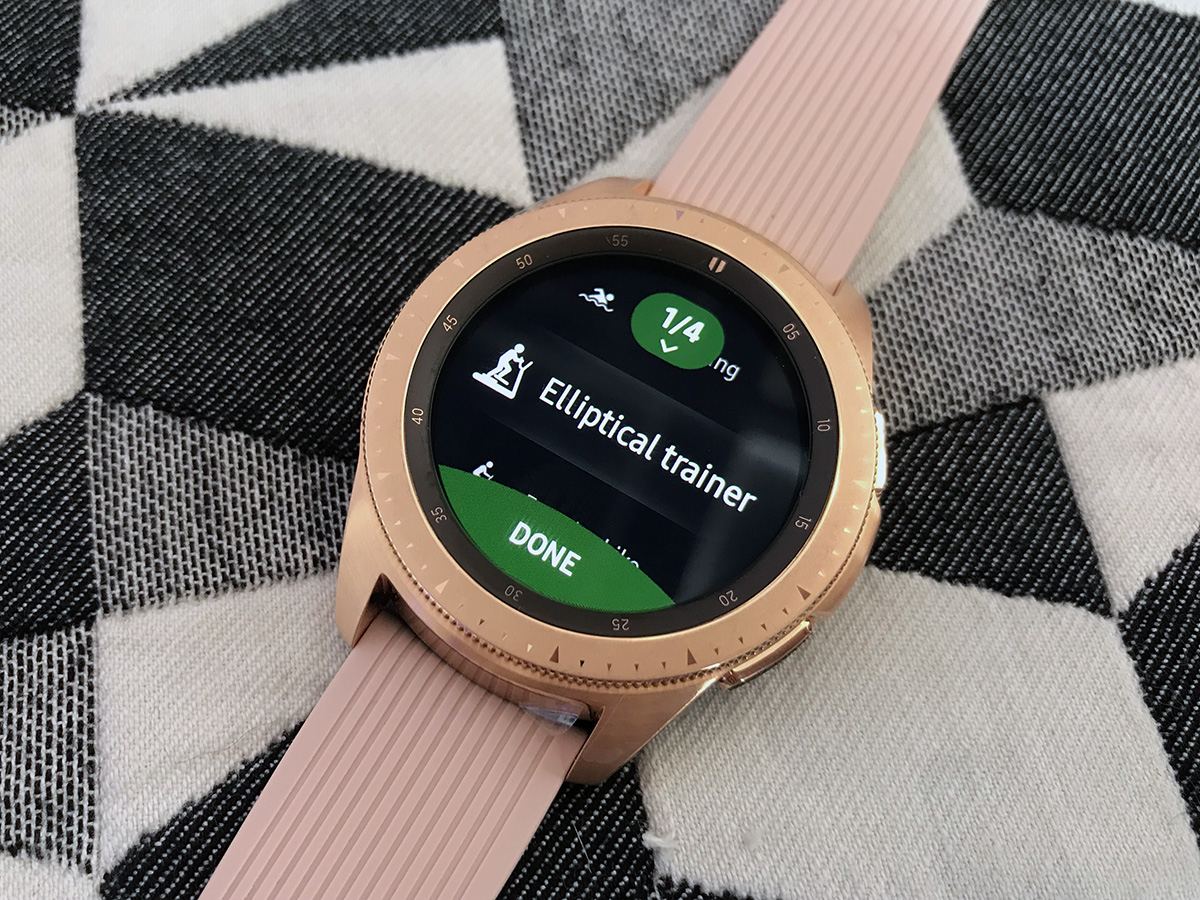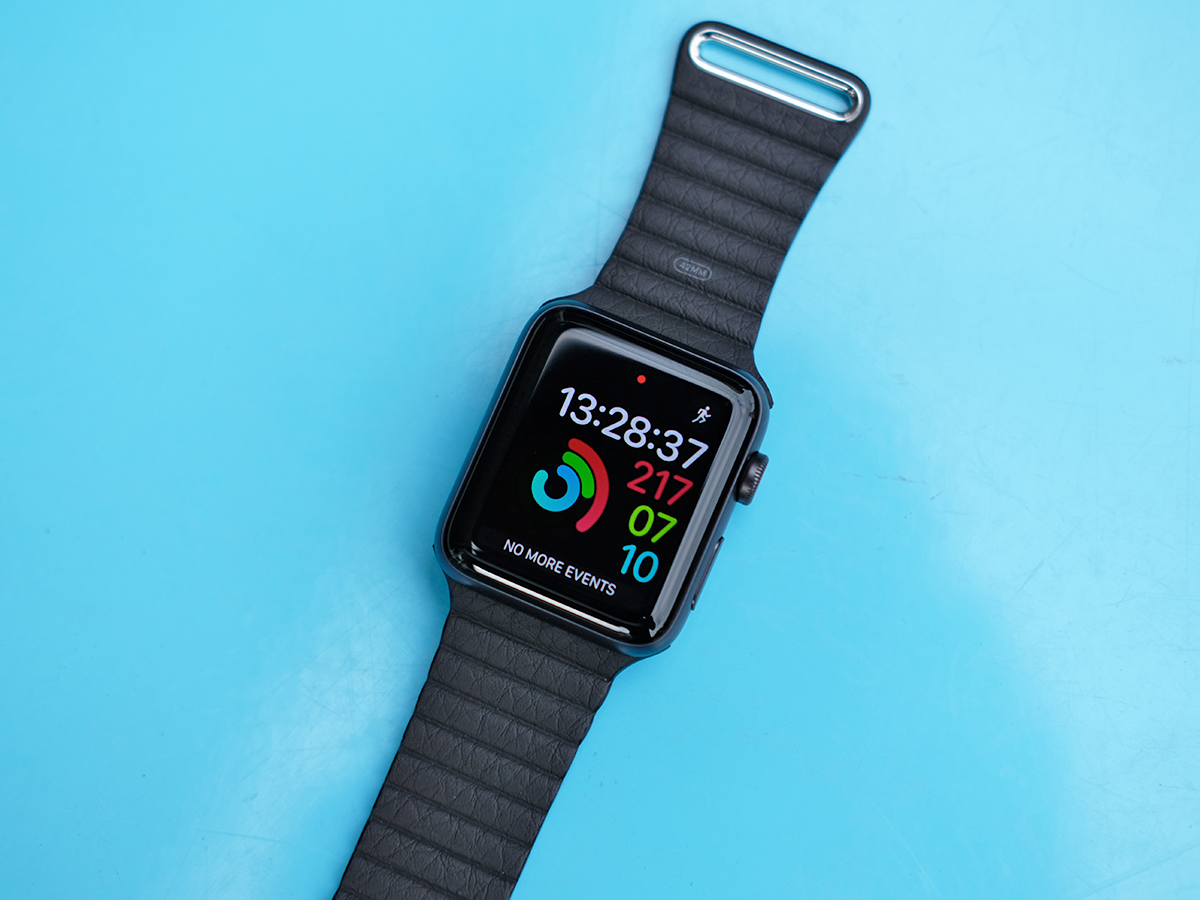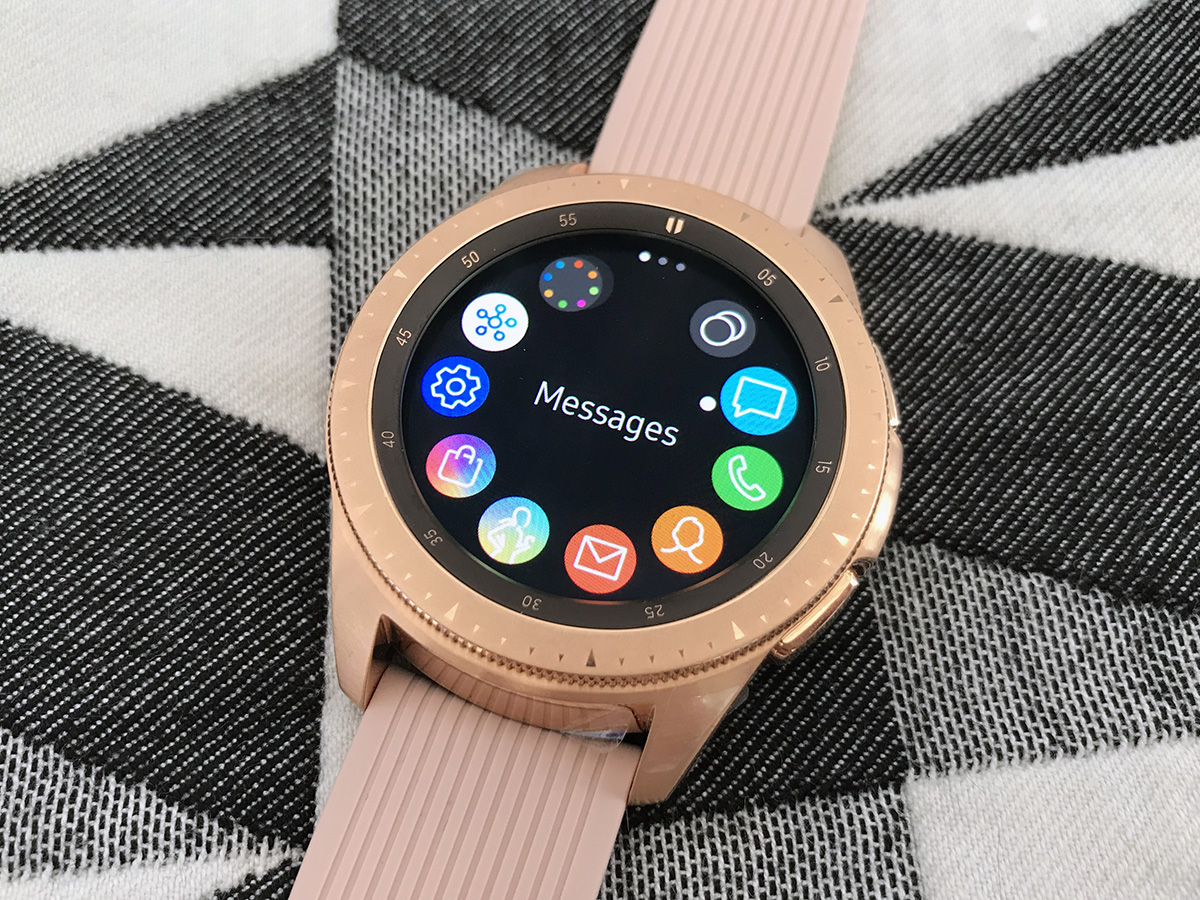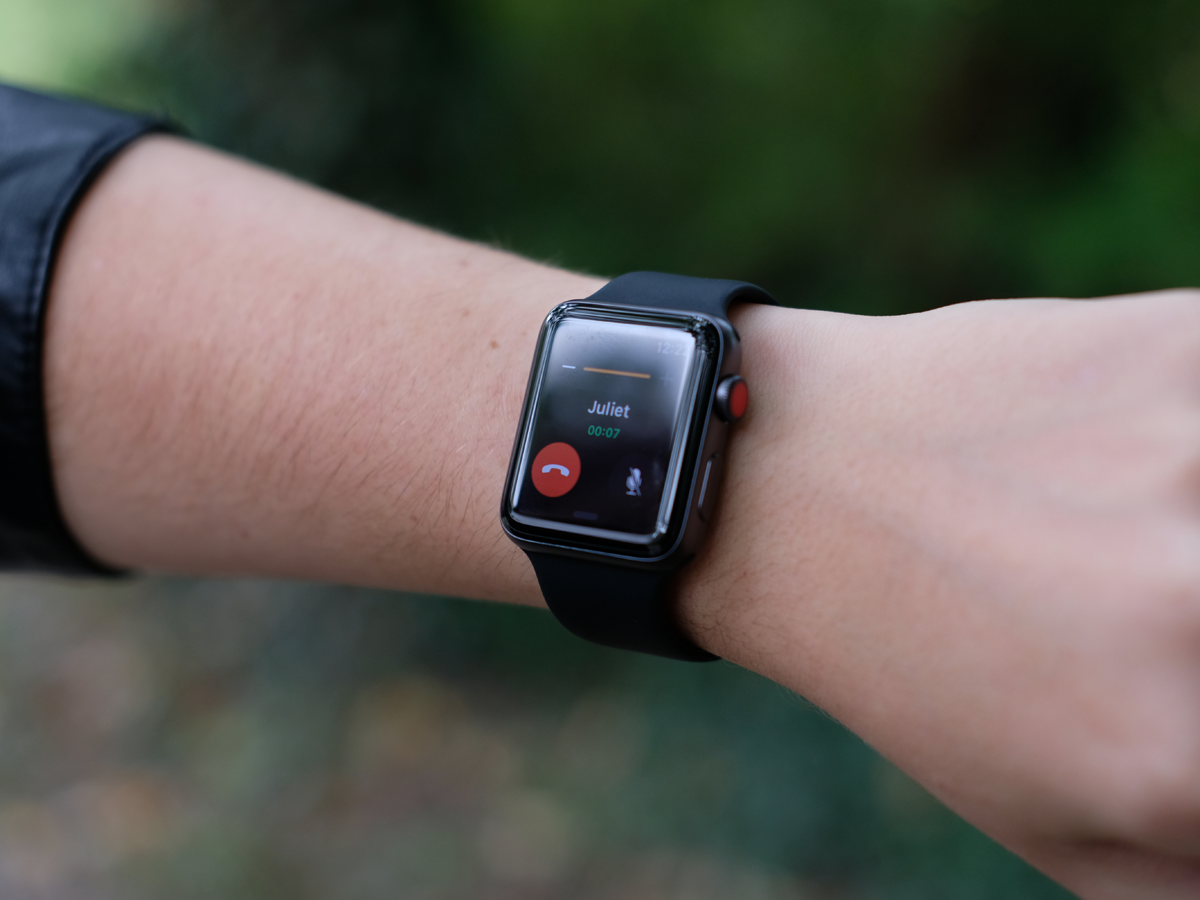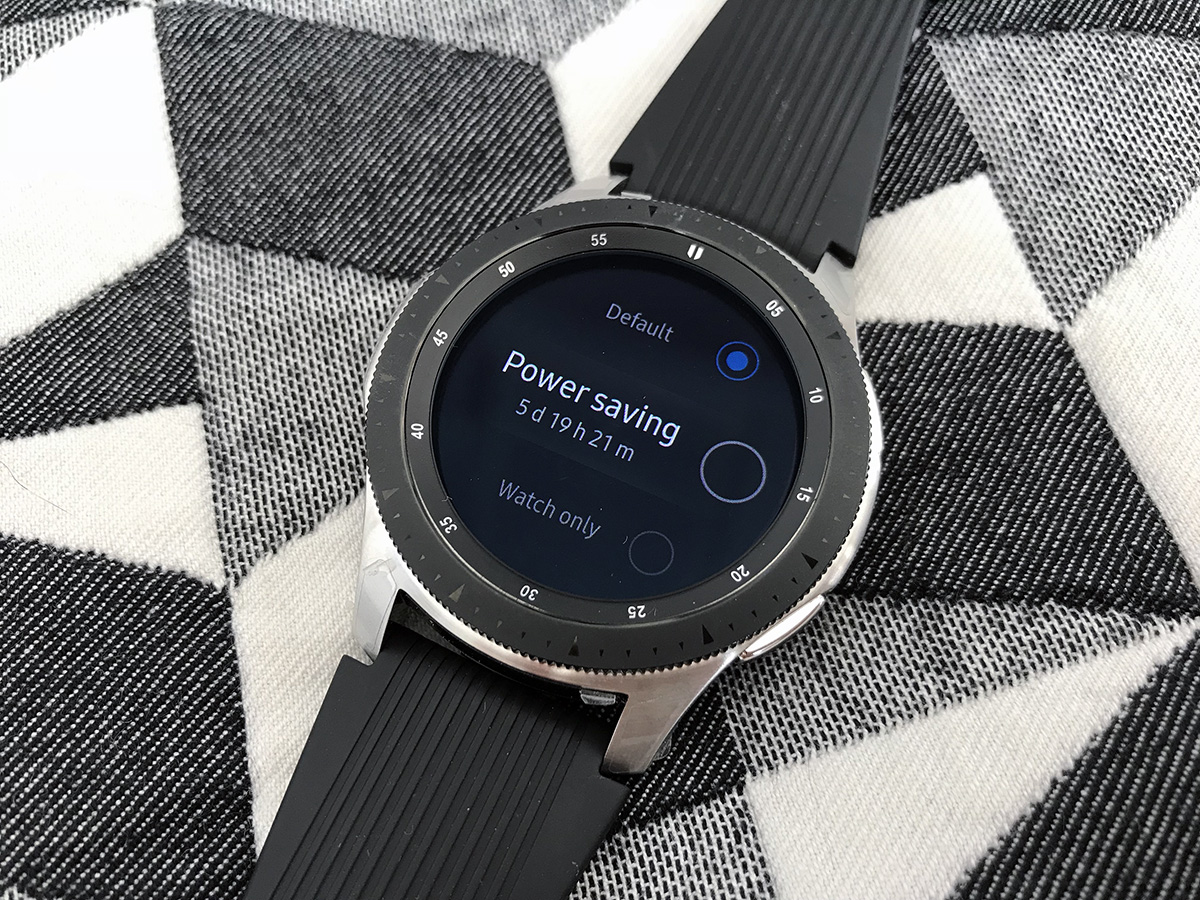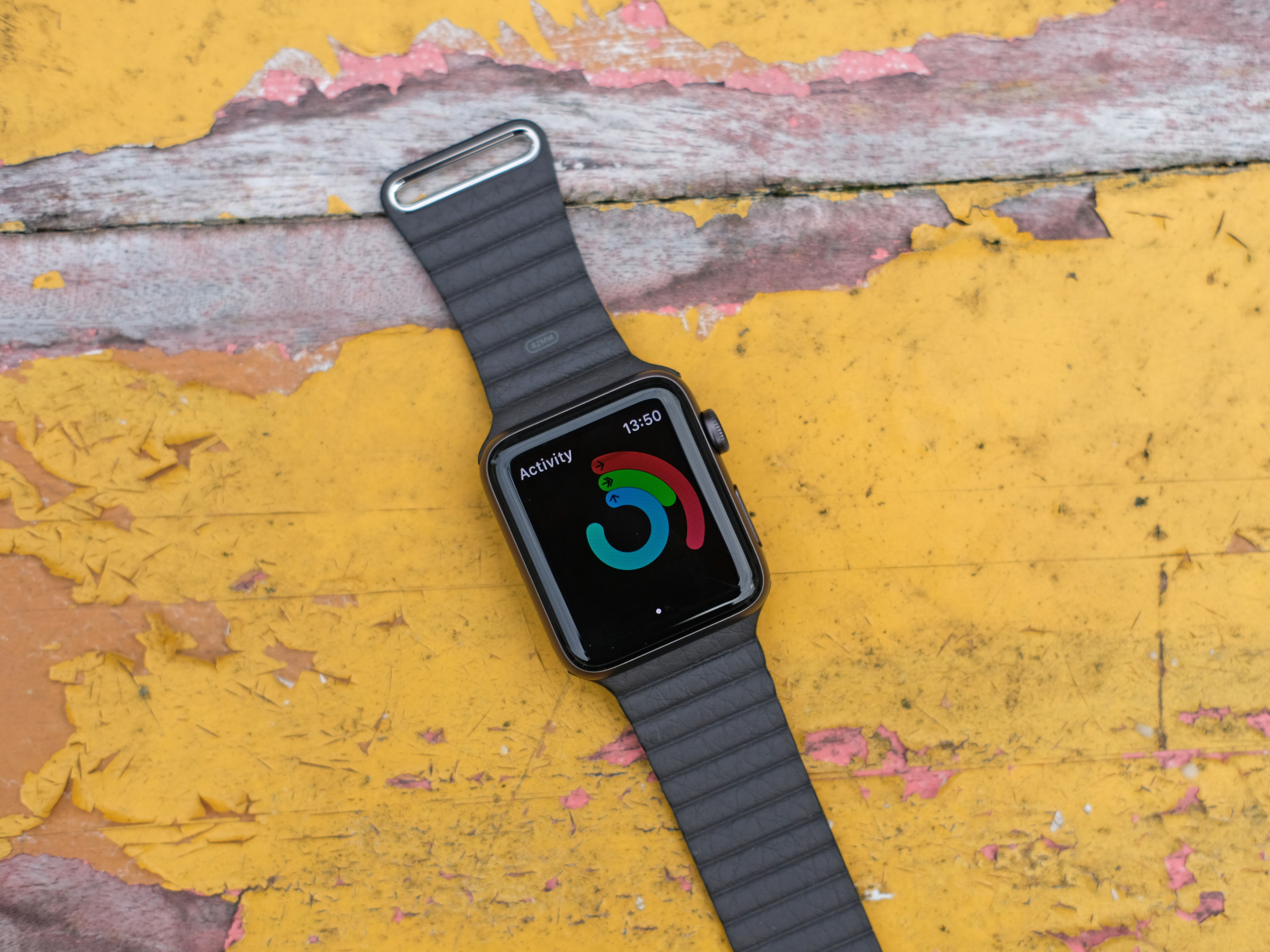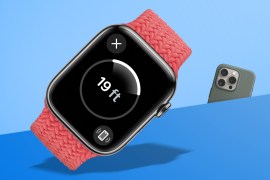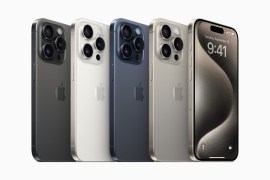Samsung Galaxy Watch vs Apple Watch Series 3: the weigh-in
Can Samsung's long-lasting smartwatch dethrone the almighty Apple Watch?
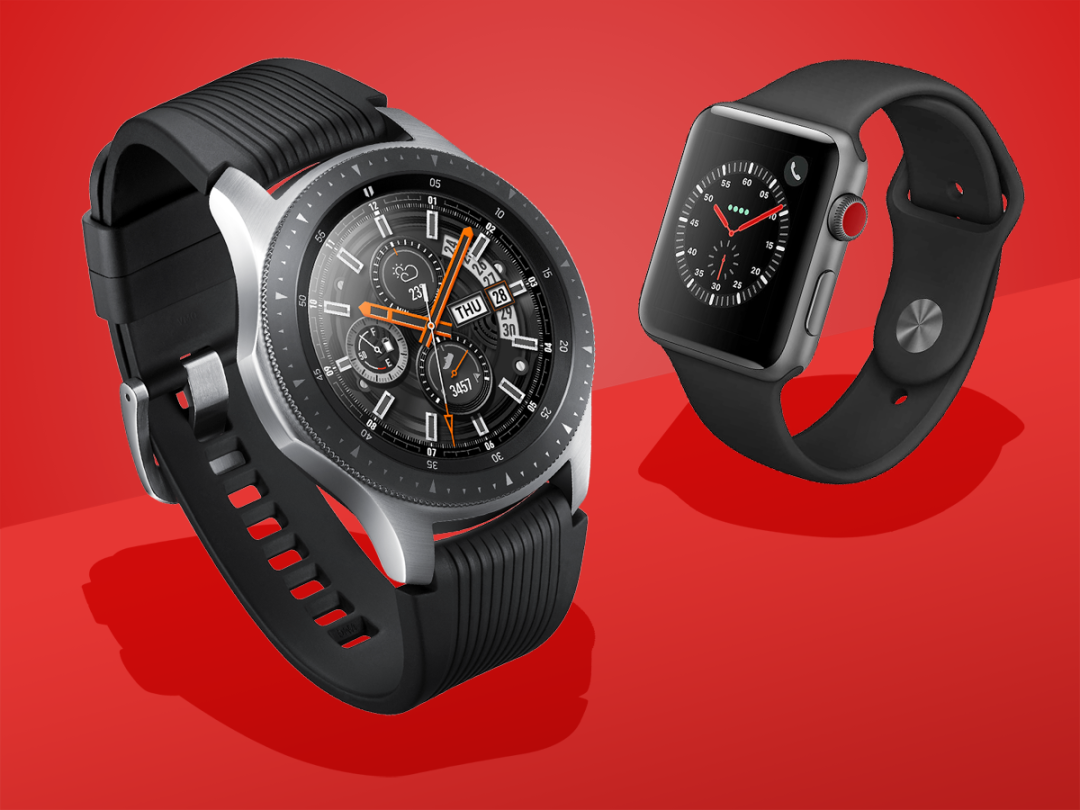
Samsung’s smartwatches keep getting better and better, and the Galaxy Watch might be the best yet.
It looks a fair bit like the last couple Gear S models and keeps the rotating bezel, but now it has significantly boosted the battery life in the process. Add in sleek styling and optional 4G connectivity, and it’s a smartwatch that could come for the crown.
That crown currently sits atop the head of the Apple Watch Series 3, of course – although we’re expecting a Series 4 any day now – and Apple’s class-leading device still has some key edges when it comes to a fully-featured, everyday device and fitness tracker.
Can Samsung’s Galaxy Watch really dethrone the current Apple Watch? Here’s what we think based on the Galaxy Watch’s specs.
Design: Hard to compare
With the Samsung Galaxy Watch and Apple Watch Series 3, you’re looking at two vastly different styles and fits. Both can be customised with different bands, of course, but it’s the core watch body that’s dramatically different here.
The Gear Watch looks like… well, a standard circular watch, albeit one with a big, bright touchscreen at the center. It has the same smart rotating bezel as we’ve seen before, along with hearty lugs. It’s potentially the best of both worlds: traditional watch styling with modern tech perks. It comes in 42mm and 46mm varieties.
Meanwhile, the Apple Watch is a one-of-a-kind – whether you like that or not. Regardless of cost or body material, every Apple Watch’s shape is the same: it’s a rounded rectangle, and looks kind of like a tiny, shrunken iPhone on your wrist.
Apple has unleashed a vast array of official watch bands, and there are many more you can find – but it’s unabashedly a smartwatch, and doesn’t pretend otherwise. Your call on whether that’s a good thing or not. It’s a bit smaller overall at 38mm and 42mm. The Apple Watch devices are also much lighter than the Galaxy Watch models.
Screen: Small and sharp
Both the Galaxy Watch and Apple Watch Series 3 use OLED screens, albeit with different shapes and sizes.
The 46mm Galaxy Watch has a 1.3in display at 360×360, while the 42mm model drops down to 1.2in at the same 360×360 resolution. Meanwhile, the 42mm Apple Watch has a 1.65in screen at 390×312 and the 38mm model comes in at 340×272.
In short? Regardless of specs, both are crisp screens with deep blacks and bold contrast. We haven’t had them side-by-side yet, but it’s hard to believe that the Galaxy Watch will disappoint compared to the Apple Watch.
Health and fitness: Can Samsung match up?
Fitness has become the cornerstone of Apple Watch marketing, and it makes a lot of sense: the Watch has picked up many more capabilities over time, and now can track and empower a wide array of activities – or even just encourage you to stand up and take a walk, assuming you didn’t shut off that feature after one day of owning the thing.
It tracks your basic activity with the now-familiar rings and offers smart nudges throughout the day, along with competition with friends. It can also track runs, rides, and swims via GPS, with a fully swimproof design that uses speaker vibrations to empty any water within. Now that’s cool. It’ll also track your heart rate and drop all of that data into the iOS Health app for you to peruse.
As for the Galaxy Watch, Samsung suggests improved tracking over the past Gear models, including automatic workout tracking capabilities, and promises "swim-ready water resistance." We’ll have to spend a lot more time with the Galaxy Watch to see if its capabilities match the Apple Watch.
We’re not expecting that it’s going to be as fitness/sport-focused as the Apple Watch, especially given the big design differences here – but if it can hit a lot of the basics, then the average wearer might be suitably served. We’ll wait for our review to make a proper judgment on that.
OS and apps: Apple’s lead
The Apple Watch Series 3 currently runs on watchOS 4, although watchOS 5 should follow in September alongside a rumoured new Series 4 watch. We’ve already gotten a strong preview of what to expect from watchOS 5, including walkie talkie capabilities, even better fitness tracking, a smarter Siri, improved notifications, and more.
Even so, watchOS is already pretty handy in its current state. Apple’s mobile OS has evolved a fair bit since its debut, implementing new and improved ways to get around and get to the features you need in a hurry. And while wrist-based games and apps won’t replace a smartphone for most users, there’s a large ecosystem of Watch apps that are built for quick and effective usage. In fact, we’ve got 40 favourites!
Will we be able to find 40 favourites on the Galaxy Watch? Will there even be 40 apps on the Galaxy Watch? We’re half-kidding, but also not really: Samsung’s Tizen-based watches haven’t had the most robust ecosystem of third-party apps, although that could change if the Galaxy Watch catches on. It already has key apps like Spotify, Uber, and Nest, so that’s a start.
Even if the third-party ecosystem doesn’t catch on in a big way, the Galaxy Watch should be to handle your basic needs with ease. It can track fitness, it can do mobile payments with Samsung Pay, it’ll tell you the weather and movie times, etc etc etc. It’s still a smartwatch.
On the upside, the Galaxy Watch has a more diverse selection of watch faces, plus the combination of a touchscreen and rotating bezel makes for a great navigational experience. Those are big advantages for Samsung.
Battery and connectivity: Ga-lasts and lasts…
No matter which Apple Watch you choose, chances are good that you’ll be charging it daily. That’s been the reality of the situation since the start, and it’s not one that has significantly improved in any way with newer models. It’s built for a day and not much more.
As for the Galaxy Watch? Well, surprisingly, Samsung says that that the larger 46mm model can go for several days with its bulky 470mAh battery pack, which… honestly would astonish us. We find it hard to believe, honestly. Samsung says its new mobile processor makes it possible, whereas we saw about two days on average with the Gear S3.
We think it’s an ambitious target, but we can’t wait to find out in person. Meanwhile, the much smaller 270mAh battery on the smaller 42mm model is probably better suited for a day or two of uptime.
Both of these phones offer standard and 4G-capable models. The former needs a smartphone to function, while the latter can handle its own connectivity without, meaning you can make calls and send and receive messages, stream music – via Apple Music on the Apple Watch or Spotify on the Galaxy Watch – and otherwise take care of business without your phone around.
And the Galaxy Watch can pair with both Android phones and iPhones, while the Apple Watch is, of course, limited to iPhones. The Galaxy Watch loses some features on iOS, however, like Samsung Pay.
Initial verdict: Too early to tell
It’s hard to say. Right now, we think the Apple Watch Series 3 is the world’s best smartwatch, and based on the improvements rumoured for the Series 4, it could well take over that spot.
But Samsung’s Gear S3 put up a strong fight… and with a bulkier battery, a stronger build, and hopefully more developer support, the Galaxy Watch might seriously close the gap. So much of a smartwatch’s appeal comes down to fit, feel, and form, however, so your experience and expectations may vary.
Price-wise, the Samsung Galaxy Watch will have another advantage with the base Bluetooth models. The 42mm model sells for £269, while the 46mm model goes for £299. Meanwhile, the 38mm Apple Watch starts at £329 and the 42mm model begins at £359.
The 4G Galaxy Watch models have only been announced for U.S. release so far, and land at US$379 and US$399, respectively, Meanwhile, the 4G-equipped Apple Watch Series 3 models start at £399/US$399.
We’re looking forward to strapping both on our wrists and giving them a proper head-to-head battle once the Galaxy Watch starts rolling out on 14 September in the UK and 24 August in the States.
